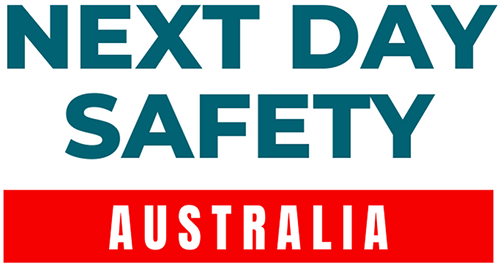4. Industry-Specific Applications
While all industries that handle machinery or hazardous energy must use Lockout Tagout, certain sectors face unique challenges. Below are three of the most high-risk and heavily regulated: Mining, Construction, and Manufacturing.
Mining
Australian mining operations involve large-scale equipment and potentially multiple, complex energy sources (electrical, hydraulic, pressurised air, conveyor systems, etc.). Mines must comply with not only WHS laws but also mining-specific regulations such as those in Queensland or Western Australia.
Mining regulations often require a formal, documented isolation system. According to the Queensland mining guidance, mines commonly use group lockout procedures. For example:
- An isolation officer locks out every relevant switch/valve, securing each with a personal padlock.
- The keys to those locks go into a Group Lock Box.
- Each worker attaches their own lock to that box, so no one can open it (and access the keys) until all workers have removed their personal locks.
This prevents accidental or unauthorised re-energising of large, complex systems. High-voltage equipment, lengthy conveyor belts with multiple isolation points, and large hydraulic devices require rigorous lockout measures to prevent serious or fatal incidents.
Additionally, mines often combine permit-to-work systems with Lockout Tagout. A permit detailing isolation steps is issued for each job, and no maintenance starts until the permit is authorised. Mining safety culture emphasises never bypassing LOTO for production pressures—complacency can be lethal in such high-energy environments.
Construction
Construction sites are dynamic and constantly changing. Multiple contractors, temporary electrical installations, powered mobile plant, and partial build structures create unique challenges for Lockout Tagout:
- Electricians must lock out circuits when working on wiring or switchboards—this is considered High Risk Construction Work under WHS regulations if the circuit could be live.
- Heavy machinery (e.g. cranes, concrete pumps, earthmovers) must be powered down and locked if someone is repairing, cleaning, or inspecting them. This might involve removing and locking the ignition key, isolating the battery with a lockable switch, and tagging control levers.
- Plumbers and other trades must lock out valves or water/power supplies to ensure no one turns them on mid-task.
Because many trades operate simultaneously, communication is crucial. If you lock out a circuit breaker, everyone else on-site needs to know. Construction companies may use multi-hasp lockouts so each worker can apply their own padlock, or use lock boxes.
Regular site toolbox talks help reinforce Lockout Tagout rules, ensuring no trade restarts equipment that’s under someone else’s lock. Supervisors typically hold the authority to confirm all locks are removed only once everyone is safe and accounted for.
Manufacturing
Factories are perhaps the most commonly cited scenario for Lockout Tagout. Assembly lines, presses, cutting machines, mixers, and conveyor belts—all need isolating for maintenance.
Common issues in manufacturing include:
- Frequent interventions (e.g., clearing product jams) that tempt shortcuts.
- Multiple operators and shifts needing to maintain the same equipment.
- Various energy sources (mechanical, electrical, hydraulic) on a single production line.
Best practice is to have a detailed Lockout Tagout procedure for each major piece of equipment, train all operators on it, and make LOTO a non-negotiable step anytime access to danger zones is required. Some manufacturers also adopt “no lock, no work” policies, meaning if you don’t have your personal lock, you simply cannot perform maintenance.
Because manufacturing equipment can be complex, testing isolation is critical—after locking out, operators or maintenance staff attempt a “start-up” with the normal controls to confirm the machine remains dead. This step is where many accidents can be prevented.
Continue to Page 4 for Training & Assessment guidelines, including competency checks and refresher protocols.
